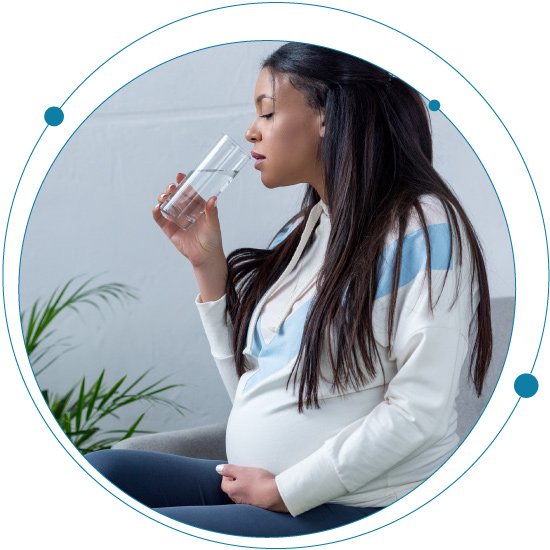Recycling and reusing items is generally accepted as the “right” thing to do. But what if there were unintended, negative consequences to recycling? For example, old car tires are often ground down and reused for synthetic turf, with roughly 40,000 tires used per field.1 However, car tires contain the chemical 6PPD,5 which is converted by ozone to a quinone compound 6PPD-quinone (6PPD-Q) and enters river systems where it is toxic to coho salmon. In addition, some studies have detected per- and polyfluorinated alkyl substances (PFAS)— the” forever chemicals”—in artificial turf,1,4 which means it may be a source of PFAS found in nearby water supplies and potentially in drinking water.
Tags
The secrets of recycling: PFAS and 6PPD
Recycling and reusing items is generally accepted as the “right” thing to do. But what if there were unintended, negative consequences to recycling? For example, old car tires are often ground down and reused for synthetic turf, with roughly 40,000 tires used per field.1 However, car tires contain the chemical 6PPD,5 which is converted by ozone to a quinone compound 6PPD-quinone (6PPD-Q) and enters river systems where it is toxic to coho salmon. In addition, some studies have detected per- and polyfluorinated alkyl substances (PFAS)— the” forever chemicals”—in artificial turf,1,4 which means it may be a source of PFAS found in nearby water supplies and potentially in drinking water.

PFAS testing: solid phase extraction vs. direct injection methods
US Environmental Protection Agency (EPA) and Department of Defense (DoD) methods for testing per- and polyfluoroalkyl substances (PFAS) in drinking water require using solid phase extraction (SPE). SPE has been used extensively in environmental contaminant analysis both for concentrating large sample volumes (improving method sensitivity) and removing matrix interferences (sample cleanup).
Should you bring your PFAS testing in-house?
As the per- and polyfluoroalkyl substances (PFAS) regulatory landscape evolves in the US and across the globe, the interest in PFAS continues to grow. Drinking water and food packaging are under particular scrutiny, and monitoring programs and requirements will continue to expand to include an increasing variety of sample types and PFAS compounds.

Top questions about the exposome of PFAS revealed
According to the CDC, the exposome is “the measure of all the exposures of an individual in a lifetime and how those exposures relate to health.”

Meet regulatory limits: Characterize and quantify PFAS and GenX in water using liquid chromatography-mass spectrometry
Per- and polyfluorinated alkyl substances (PFAS) continue to persist throughout the environment.Concerns about the health dangers posed by these contaminants, along with the possibility of biological toxicity of legacy PFAS such as perfluorooctanoic acid (PFOA) and...
Environmental scientists: Why the SCIEX X500R QTOF system is perfect for PFAS research
The world of per- and polyfluoroalkyl substances (PFAS) research is a big one and one that’s currently front and center in environmental contamination concerns. Whether you work in industrial or academic environmental research, the issues surrounding these...
No Results Found
The page you requested could not be found. Try refining your search, or use the navigation above to locate the post.
No Results Found
The page you requested could not be found. Try refining your search, or use the navigation above to locate the post.



 Contact Support
Contact Support